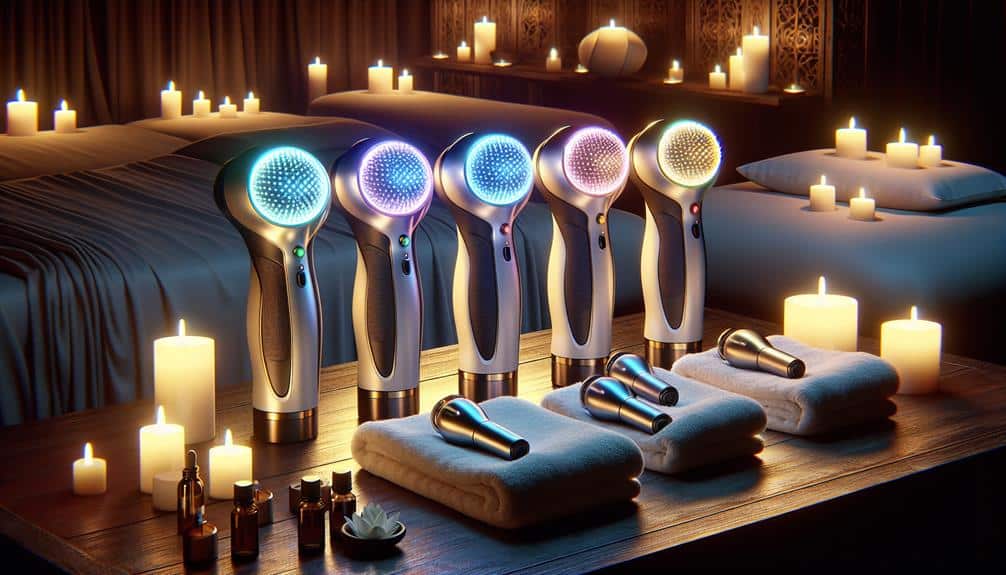Are you struggling with achieving quality sleep every night? Many others are in the same situation, and unenlightening sleep patterns are to blame.
However, one tool is proving instrumental in improving sleep – a sleep tracker. In this post, emphasis has been laid on how one can effectively use a sleep tracker to maximize sleep quality and understand sleep habits accurately.
Key Takeaways
- Sleep trackers come in many forms and offer a way to understand and improve your sleep patterns.
- Proper setup and usage of your sleep tracker are critical for effective data collection and analysis.
- Regular maintenance and troubleshooting can prolong your sleep tracker’s usefulness and accuracy.
Understanding Different Types of Sleep Trackers
Using a sleep tracker to monitor your sleeping patterns is a practice gaining popularity in today’s health-conscious society. These trackers come in a variety of forms, each one with features and specifications uniquely designed for specific user needs. Some people prefer wearable devices like smartwatches or fitness bands. These gadgets employ sensors and sophisticated algorithms to track your sleep.
Other types of sleep trackers, like under-the-mattress pads or bedside monitors, collect data using pressure or movement sensors. Both styles have their advantages and disadvantages, making the task of choosing the right one to be a matter of personal preference and comfort. Find more detailed information on the best sleep trackers here.
How to Set Up Your Sleep Tracker
When you have identified the sleep tracker best suited to your needs, setting it up correctly is paramount. This process can greatly affect the accuracy of the data collected and subsequently, your ability to analyze this information. For wearable devices, ensure they are correctly fitted to your body as recommended by the manufacturer. This correct fit guarantees accurate data recording.
Securely place under-the-mattress sensors to avoid any disruptions during your sleep. Some sleep trackers may also require you to connect them to a smartphone application for data analysis and tracking purposes. These steps may take a bit of time, but you must follow each one to get the most accurate readings from your device.
Effective Use of Sleep Tracker Data
Once you have set up your sleep tracker, it begins to feed you with an abundance of information about your sleep patterns. However, this mass of data can be overwhelming if you do not know how to accurately interpret it. To effectively use sleep tracker data, identify patterns in your sleep duration, stages of sleep, and any disruptions that may occur. Over time, you may note variations in these patterns.
For example, you may sleep differently on weekdays compared to weekends. Use this data-driven insight to make informed adjustments to your sleep routine or sleeping environment. Monitor any changes in sleep quality after adjustment.
Maintenance and Troubleshooting
Regularly maintaining your sleep tracker is as essential as setting it up correctly. Proper maintenance ensures you get the most accurate readings and it extends your device’s useful life. Following the manufacturer’s recommendations, regularly clean your sleep tracker, be it a wearable device or a mattress sensor.
Keeping your device updated with the latest firmware and software updates is important too. These updates usually introduce bug fixes and improvements to your sleep tracker. If you encounter any problems with your sleep tracker, consult the troubleshooting guide provided by the manufacturer. You can also reach out to customer support for further assistance.
While sleep trackers may seem technical, their use could immensely change your sleeping habits. They offer a data-driven means of understanding your sleep stages. From identifying potential disruptions to suggesting improvements, sleep trackers help users make informed decisions to boost their sleep quality.
Disclosure: Some of the links in this article may be affiliate links, which can provide compensation to me at no cost to you if you decide to purchase. This will help grow this site and help more people. Thank you for making a difference!
| Type of Sleep Tracker | Features |
|---|---|
| Wearable Devices (Smartwatches, Fitness Bands) | Sensors, algorithms, data analysis, sleep tracking |
| Under-the-Mattress Pads | Pressure or movement sensors, data collection |
| Beside Monitors | Pressure or movement sensors, data collection |
| Sleep Tracker Applications | Data analysis, sleep tracking, personalized insights |




